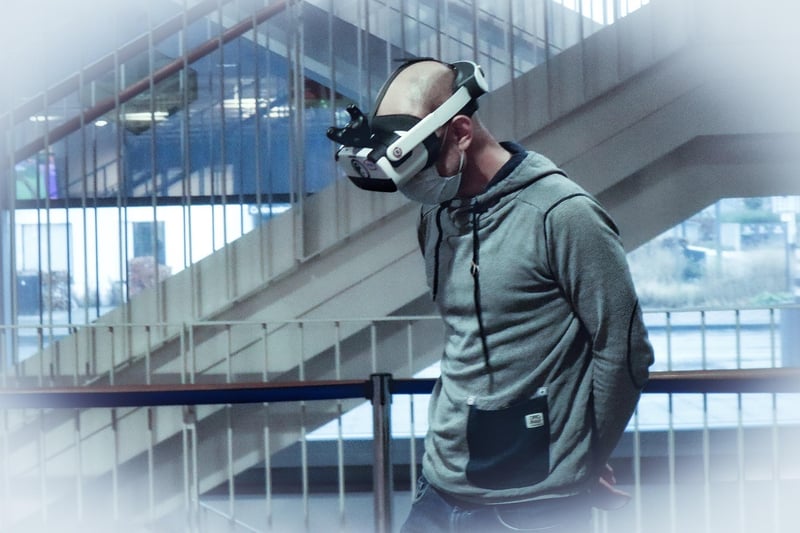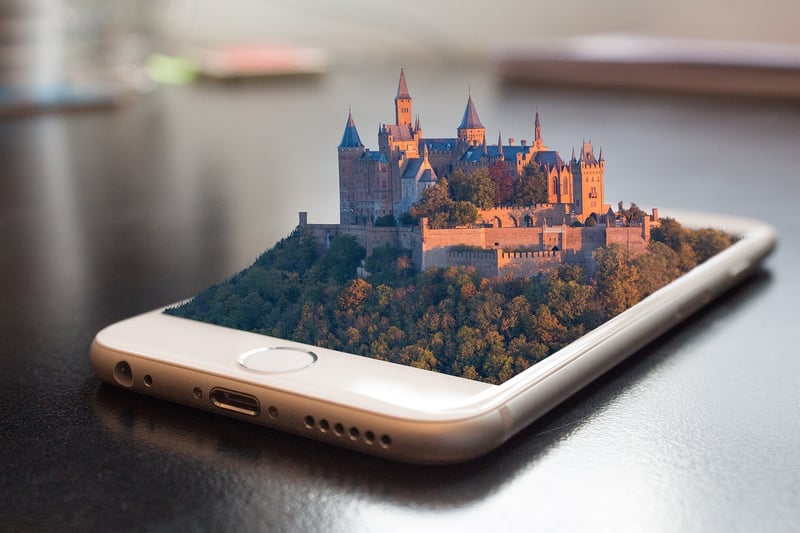Virtual Realities
The Rise of Virtual Reality in Modern Technology
In recent years, technology has made great strides in the development of virtual reality (VR), revolutionizing various industries and enhancing user experiences. Virtual reality offers a simulated environment that can be similar to or completely different from the real world, providing users with immersive and interactive experiences.
Applications of Virtual Reality
Virtual reality technology is being utilized in a wide range of sectors, including:
- Entertainment: VR headsets allow users to enjoy immersive gaming experiences and watch movies in a virtual theater setting.
- Education: Virtual reality simulations help students visualize complex concepts and explore historical events in a more engaging manner.
- Healthcare: VR is used for medical training, pain management, therapy sessions, and even surgical simulations.
- Architecture and Real Estate: Virtual tours enable clients to explore properties from anywhere in the world, facilitating decision-making processes.
- Travel and Tourism: VR experiences offer virtual tours of destinations, hotels, and attractions, enticing travelers to plan their trips.
Advancements in Virtual Reality Technology
Recent advancements in virtual reality technology have significantly improved the overall user experience. Some notable innovations include:
- Wireless VR Headsets: Eliminating the need for cables, wireless VR headsets provide greater freedom of movement and a more seamless experience.
- Hand Tracking: Sensors that track hand movements enable users to interact with virtual environments using hand gestures, enhancing immersion.
- Eye Tracking: Eye-tracking technology in VR headsets allows for foveated rendering, optimizing graphics based on where the user is looking, improving performance and realism.
- Haptic Feedback: Haptic feedback systems simulate touch sensations, allowing users to feel textures and interact more realistically with virtual objects.
The Future of Virtual Reality
As technology continues to advance, the future of virtual reality looks promising. With ongoing research and development, we can expect to see:
- Enhanced Graphics: Improvements in display resolution and refresh rates will result in more realistic and immersive visuals.
- Expanded Applications: Virtual reality will be integrated into more industries, including retail, sports, and social networking.
- Collaborative VR Experiences: Multi-user VR environments will enable people to interact and collaborate in virtual spaces, fostering teamwork and communication.
- Augmented Reality Integration: The merging of virtual reality with augmented reality will create mixed reality experiences that blend the real and virtual worlds seamlessly.
Virtual reality technology is shaping the way we work, learn, play, and connect, offering endless possibilities for innovation and exploration in the digital realm.

Experience the future with virtual reality and unlock a world of limitless imagination and creativity!
